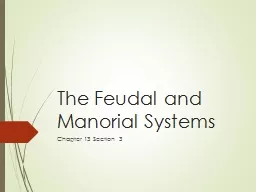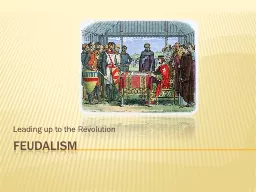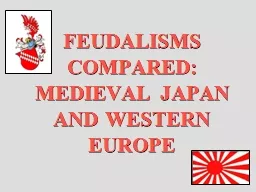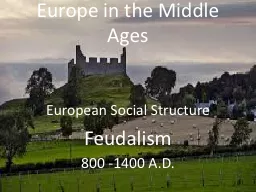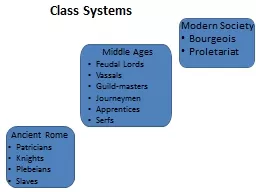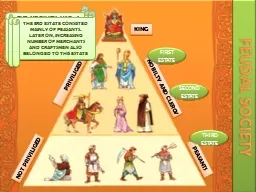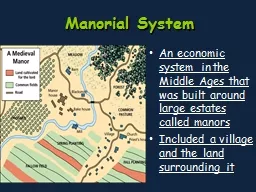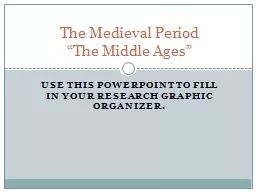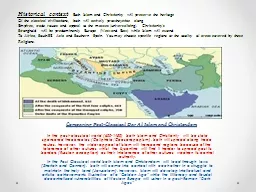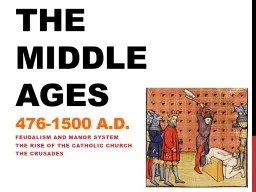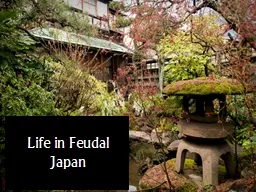PPT-The Feudal and Manorial Systems
Author : debby-jeon | Published Date : 2016-11-17
Chapter 13 Section 3 The Feudal System Direct result of Viking Muslim and Magyar invasions Nobles needed protection built castles on hills easier to defend Knights
Presentation Embed Code
Download Presentation
Download Presentation The PPT/PDF document "The Feudal and Manorial Systems" is the property of its rightful owner. Permission is granted to download and print the materials on this website for personal, non-commercial use only, and to display it on your personal computer provided you do not modify the materials and that you retain all copyright notices contained in the materials. By downloading content from our website, you accept the terms of this agreement.
The Feudal and Manorial Systems: Transcript
Download Rules Of Document
"The Feudal and Manorial Systems"The content belongs to its owner. You may download and print it for personal use, without modification, and keep all copyright notices. By downloading, you agree to these terms.
Related Documents

